Viltrox AF 13 mm f/1.4 XF
3. Build quality
It's also worth noticing that the Viltrox in this group of lenses is definitely the heaviest and the biggest instrument, undoubtedly because of its outstanding aperture fastness,. Still, it also offers you a possibility of using traditional 67 mm filters of still quite moderate diameter.
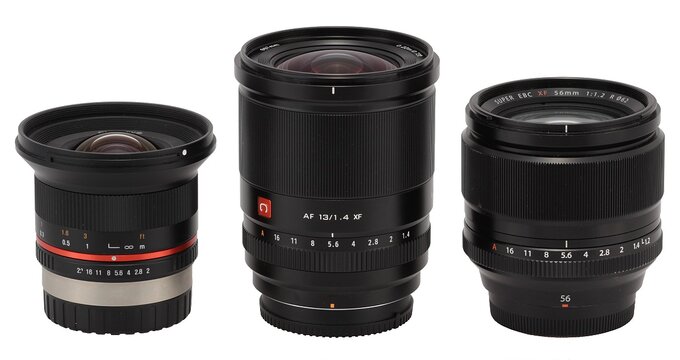 |
Please Support UsIf you enjoy our reviews and articles, and you want us to continue our work please, support our website by donating through PayPal. The funds are going to be used for paying our editorial team, renting servers, and equipping our testing studio; only that way we will be able to continue providing you interesting content for free. |
- - - - - - - - - - - - - - - - - - - - - - - - - - - - - - - - - - - - - - - - - - - - - - - -
The tested lens starts with a metal mount that surrounds a black bottom with embedded contacts. Its rear element is 19 mm in diameter, it doesn't move and is positioned on the same level as the contacts. The area around it is properly blackened.
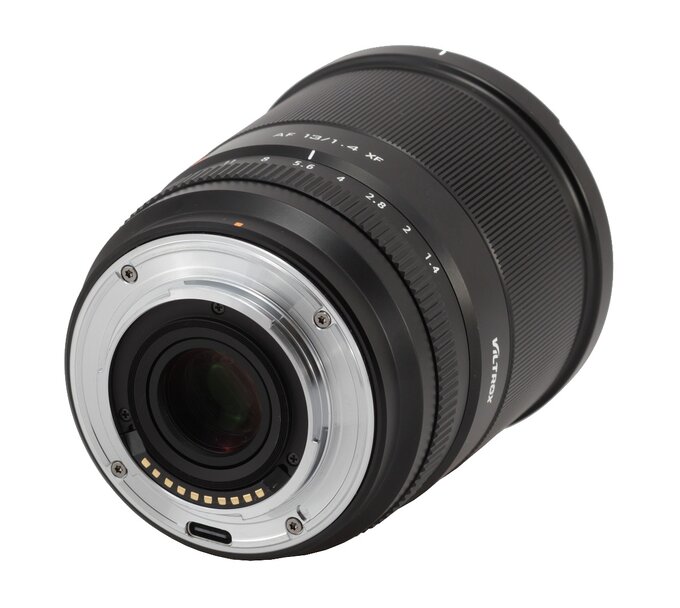 |
The next part is a ribbed ring that controls the aperture, 13 mm wide. It has markings every 1 EV and also an A value, allowing the camera to control aperture automatically. The ring moves every 1/3 EV step without any other working mode available.
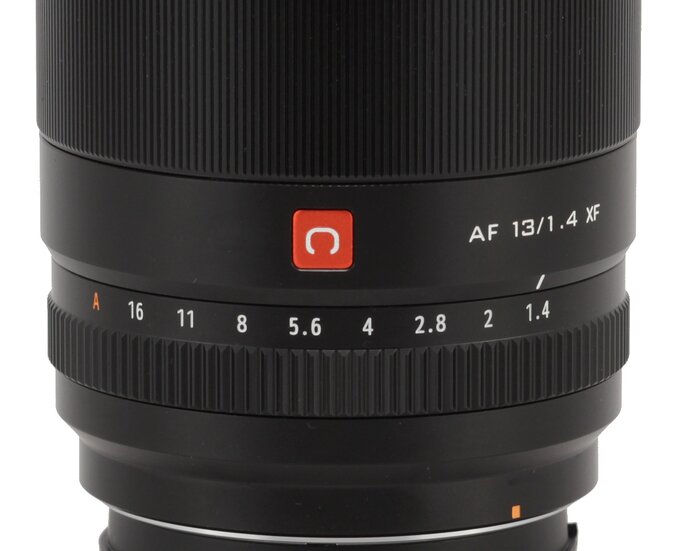 |
A manual focus ring, as wide as 32 mm, is the biggest part of the lens. Its surface is completely covered by fine ribs. The ring is a focus-by-wire construction, it moves quite smoothly, and you can't find any distance or depth of field scale on it.
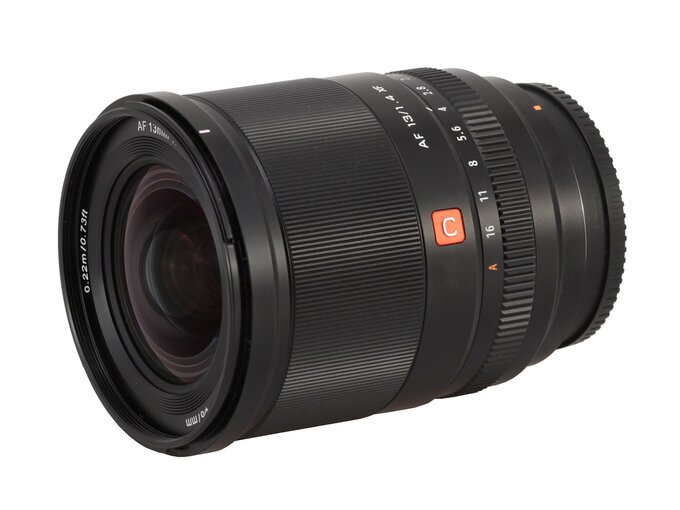 |
The lens ends with a metal hood mount; inside it you can find a non-rotating filter thread, 67 mm in diameter. The front element is convex, immobile, 46 mm in diameter, surrounded by a part of the casing with the name and basic parameters of the lens.
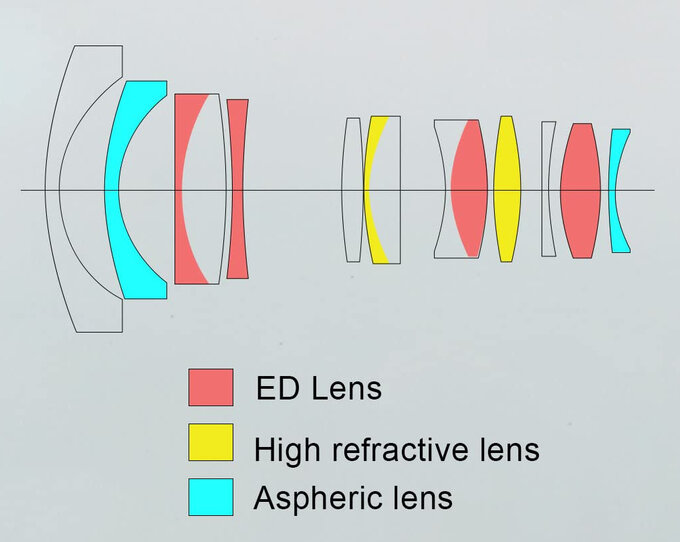 |
Buyers get in the box with the lens: both caps, a petal-type hood, and a soft pouch of very average quality; anyway its protective properties are rather dubious. Personally, I would call it a thick optics cleaning cloth.
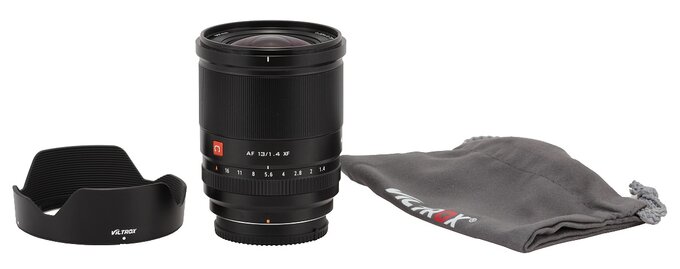 |






